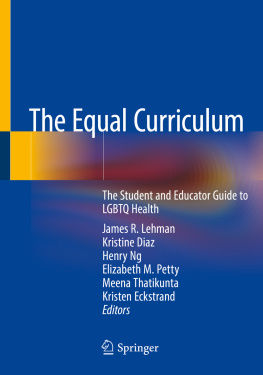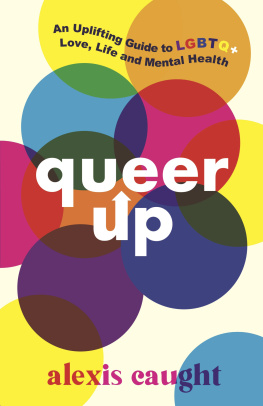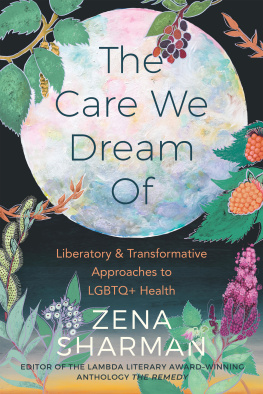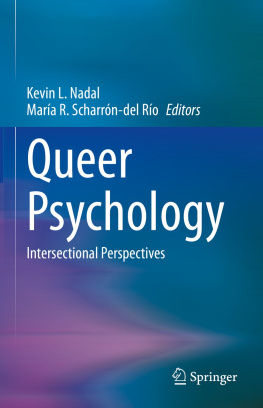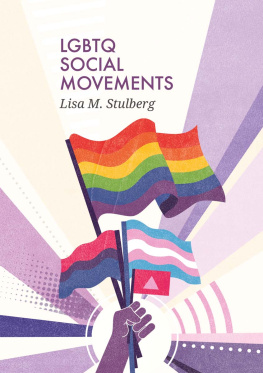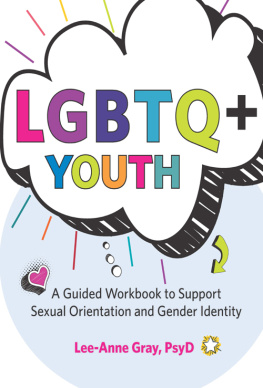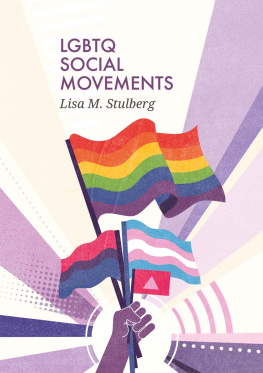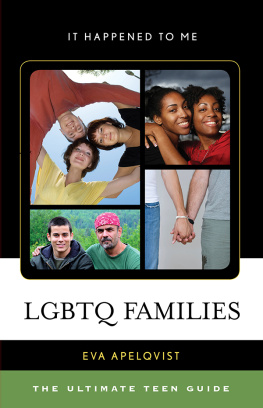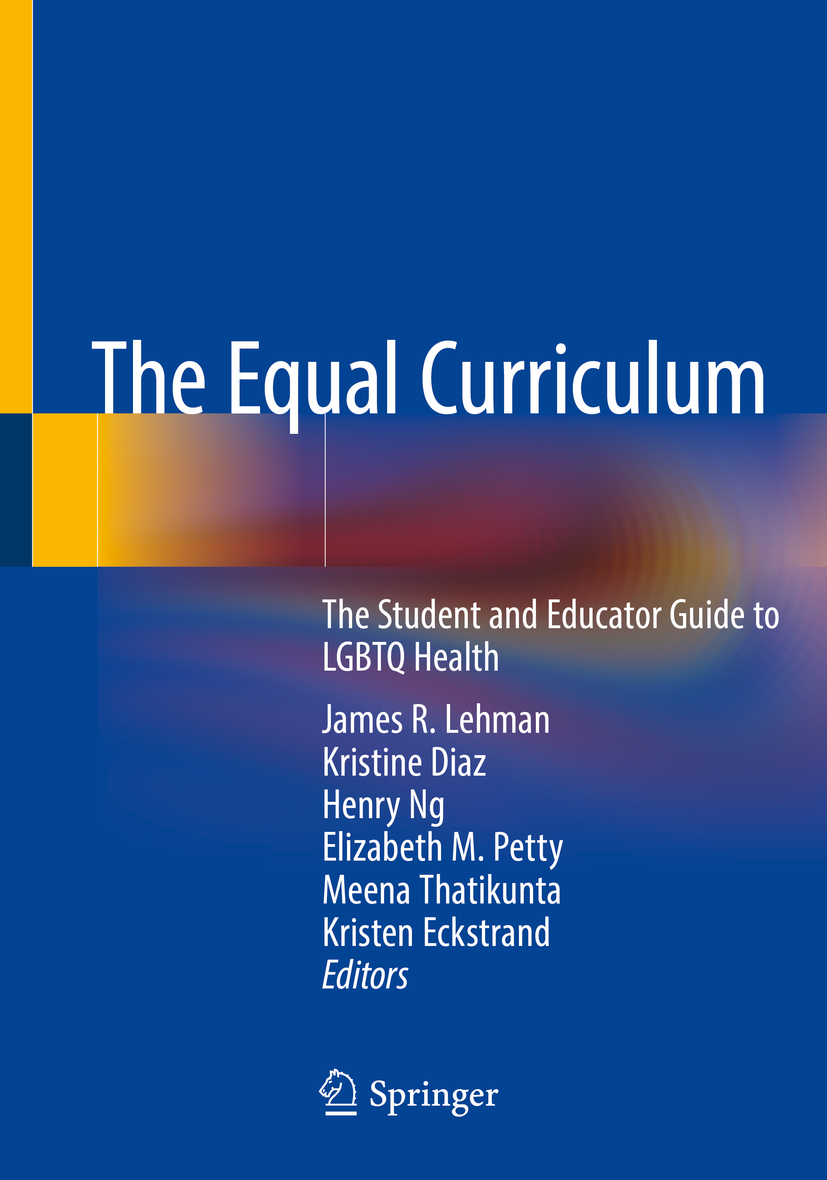To our patients, who are resilient through health and hardship.
Ignorance as a Public Health Threat
There are an estimated 8.8 million LGBT-identifying individuals in the United States. (The use of LGBT versus LGBTQ adding the Q for queer or questioning in this text depends on the specific context of their use.) For our health care system to systematically ignore and at times abuse millions because of their identity and health needs is unjust. Through silence, ignorance, and hate we have created a second-class citizenry whose members suffer emotionally, physically, and mentally because they cannot obtain adequate health care.
According to the Center for American Progress, the LGBT population experiences significant health disparities that are attributable to a lack of quality health education and subsequent professional unpreparedness. A JAMA study found that 33.3% of medical schools dedicated zero hours of their curriculum to LGBT health. On average, medical schools dedicated just five hours to LGBT health education. The quality of this education varied widely; most is focused on HIV/AIDS, which represents just a sliver of the LGBTQ health spectrum. Ninety-two percent of medical students reported at least one clinical encounter with an (openly) LGBT-identifying patient. Despite predictable contact with LGBTQ patient(s), 46% of heterosexual medical students displayed explicit bias, defined as consciously expressed attitudes or beliefs, against gay men and lesbian women. Eighty-one percent of students displayed implicit bias, defined as subconscious attitudes or beliefs, against gay men and lesbian women. Furthermore, in a study of 1,335 medical students, a mere 12.9% passed a test assessing medical knowledge relevant to LGBT patient care. These statistics are alarming: the respondents represent the brightest students of our nation and future health care workforce. Medical education has so far left its students unprepared and the prognosis of the LGBTQ populations health rather grim.
Learning the Hard Way
Students often lament that the first time they realize how truly unprepared they were to care for LGBTQ patients is, not surprisingly, the first time they care for an LGBTQ patient. That experience came early for my own class in our second year of medical school.
Northeast Ohio Medical University (NEOMED), my alma mater, is unique in that it provides a lecture-based curriculum and experiential opportunities to interact with LGBTQ-identifying patients before clinical rotations. In one saturday session, we had four hours in which we organized into groups of four students and collectively interviewed a series of LGBTQ-identifying patients. There was no chief complaint, just a conversation about anything the students are curious. We were ill-prepared for such a situation. Why? First, there was no chief complaint, leaving us wondering what to explore. Second, the preparatory lecture meant to teach us about sexual orientation and gender identity lacked substantive recommendations. Therefore, we didnt know what was medically relevant to ask. Most students were flummoxed. Embarrassed. Quiet. I wouldnt have expected much more since we were so ill-equipped for the situation. We were unprepared to care for an LGBTQ-identifying patient, and we learned that lesson the hard way. (The curriculum has since been revised to better prepare students.)
Medical education is in clear need of reform.
A More Equal Curriculum
When reading a book, pay attention to what is said. Pay equal attention to what is not said.
This pearl from my high school English teacher, Ms. Connie Smith, has always stuck with me its part of being a critical learner, physician, and citizen. Analyze everything for what it is and for what it is not. That wisdom stayed with me even in medical school. Early on at Northeast Ohio Medical University (NEOMED), I realized that my education left me unprepared to care for an LGBTQ-identifying patient, leaving potential for patient discrimination, morbidity, and mortality. This is something that was, as Ms. Smith would say, not said. An unspoken injustice.
But, why? Why? The question ran through my mind often. There was no good answer for me. I had grown up with a good number of friends and colleagues who identified with varying sexual orientations and gender identities. To me, it was normal and healthy to have this kind of diversity in ones life. It bothered me that medical education did not have the same expectations, especially for the LGBTQ population. So again, I asked, Why is medical education ignoring this population? No system is free of bias or injustice, even a system as altruistic as medical education. As it stood, the curriculum was unequal teaching about some diseases and some populations and not others, simply because of ignorance. It was a medical education I could not swallow. I had discovered an inconvenient truth, and it gnawed at my conscience.

